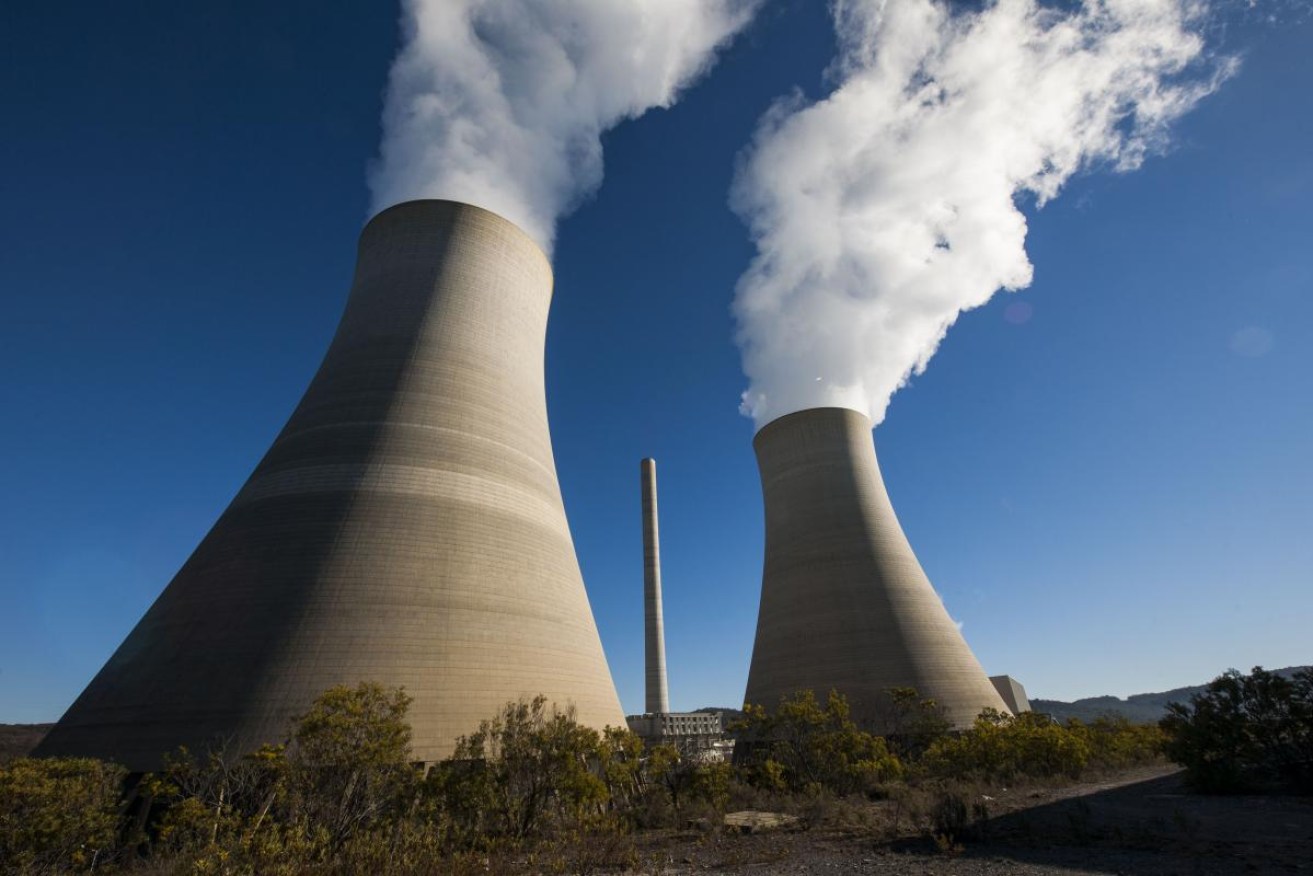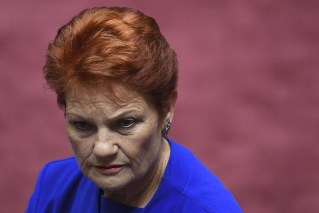Nuclear energy? Be careful what you with for, warns Swedish expert
Australia should take a careful look at the global record of nuclear power to understand the pitfalls of embarking on a new reactor construction program, the former head of Sweden’s energy agency says.

Opposition Leader Peter Dutton says those living near existing power stations would be amenable to nuclear plants, as well.. (file image)
Peter Dutton’s announcement last week that he will turn Australia nuclear if he wins the next election has set alight the debate over the country’s energy future, even as many questioned whether the policy was serious.
A coalition government will build seven nuclear power plants across five states, Mr Dutton has promised.
Be careful what you wish for, says Tomas Kaberger, director of energy research at Sweden’s Chalmers University and a former head of the Swedish Energy Agency, which monitors the country’s nuclear and other power plants.
“If you are going to build anything in nuclear you have to learn about all the global failures,” Professor Kaberger told AAP in a phone interview from Sweden.
“This would include where nuclear reactors have been delayed, budgets have been overrun and the real costs have been two or three times those estimated” said Prof Kaberger, who has served on the board of Vattenfall, a Swedish power company that operates reactors.
More than one in ten nuclear projects have failed before completion, Professor Kaberger said, pointing as an example to the V.C. Summer project in the United States that was abandoned after costs spiraled.
“They spent 10 billion dollars and then gave up,” he said, before pointing to the complexity of a nuclear power program, compared with renewable sources.
“Nuclear reactors and power generation are so complicated while solar and wind are such simple products compared to atomic power plants.”
While costs of nuclear power generation have come down only slightly over the years, prices for solar and wind have fallen 90 per cent, Professor Kaberger said.
As experts debate the costs and benefits of nuclear power, parliament descended into recriminations over the opposition’s plans on the first day of sitting on Monday.
The coalition chastised Labor for making fun of its nuclear policy, including on social media with memes such as a three-eyed Blinky Bill, saying it undermined Australia’s push to purchase nuclear submarines from the US.
Prime Minister Anthony Albanese told the opposition to lighten up, pointing out it was the then-Liberal government that struck the initial deal with the US and said it wouldn’t lead to a civil nuclear industry.
“It will cost more, it will create investor uncertainty and it will squander the vast industrial opportunities that we have,” Mr Albanese said, referring to the country’s wind and solar resources.
Detailed costings are to be released before the next federal election, which is due by May 2025, Nationals Leader David Littleproud said.
Former NSW treasurer and Liberal MP Matt Kean also came out against nuclear energy for his state, saying it was too expensive and didn’t stack up economically after being appointed the new chair of the Climate Change Authority.
Nationals MP Barnaby Joyce called him a traitor and said he was “a little bit too cushy” with Labor after being appointed to the role.











